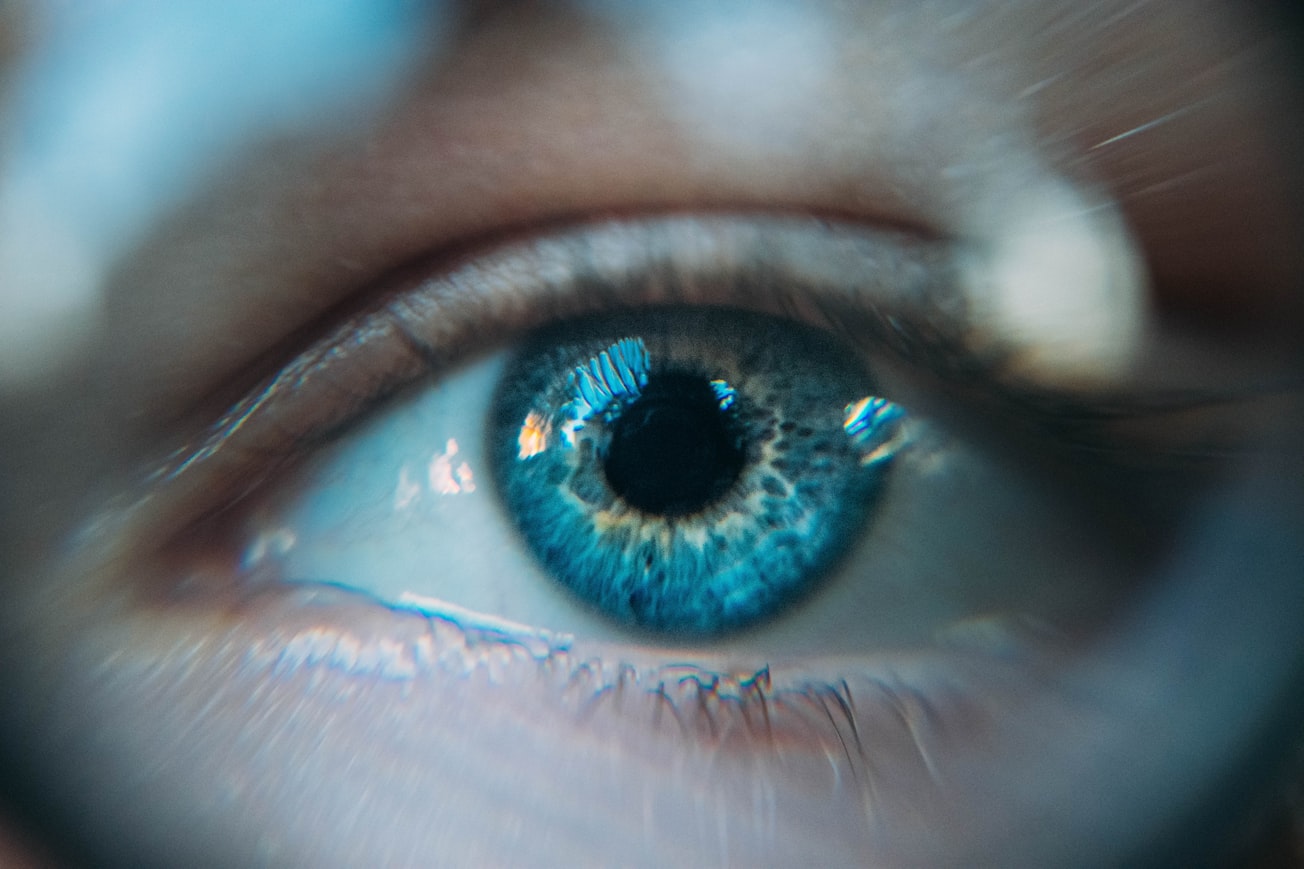What is it about?
The objective of visual prosthesis is to develop techniques which can functionally replace the degenerated photoreceptors either by inserting the clinical aid inside the eye or by providing external means. Except AIDS and Cancer, there is hardly any disease than blindness which creates more fear in human’s mind. Age-related macular degeneration (AMD) and retinitis pigmentosa (RP) were found to be main cause of vision loss followed by cataract and glaucoma. This paper addresses the journey of visual prosthesis by first highlighting the initial challenges and technical advancement later. We have tactically analyzed the conception of visualization, phosphenes detection and modeling of retina through electrodes which had been the focus of researchers before 1990s. Afterwards with the technological improvement, techniques which could enhance the safety, longevity, biocompatibility, resolution and feasibility were targeted. Categorically visual prosthesis is divided into visual cortex, optic nerve and retinal implantation techniques for restoration of vision in blinds. After analyzing the advantages and shortcomings of all these techniques it is concluded that, retinal implants have been the popular method and adopted as potential way for yielding the artificial vision. Key areas of safety standards, use of new biomaterials for improved resolution and durability, power requirements, image processing techniques, new stimulation methods such as biphasic stimulation, and impact of stimulation current/heat on retinal nerves behavior are also addressed in this paper. With low-cost, lower power consumption and integration technology of CMOS devices, nowadays the CMOS active pixel sensor (CMOS-APS) is the new hope for researchers and clinicians. Analysis of electrode design techniques with microphotodiodes, CCD and now with CMOS-APS suggests that the focus of future research will be in developing the high dynamic range (HDR) pixel that can be directly attached to retina for greater efficiency and resolution.
Featured Image

Photo by Daniil Kuželev on Unsplash
Why is it important?
A review of most important advances in the field of visual prosthesis has been carried out; the following conclusions can be made: (1) Researchers have got success in obtaining the correct phosphenes area, and subsequent model for electrical elicitation. Recent research proved that both epiretinal and subretinal implants are capable of generating the visual sensation better than the other techniques. (2) Lower values of electrode impedance cause better SNR and HDR. (3) Greater visual perception can be generated with the improved image processing capability of edge detection, gray scale reduction, brightness, and contrast enhancement. (4) Response of molecular dichotomy showed that the pathway of ON bipolar cells is similar to RGC and photoreceptors, giving the all important theory for electrical retinal modeling. (5) Biphasic stimulation with cathodic pulse generates lower values of threshold current for higher resolution. Heat dissipation has the highest value near the stimulation electrode, which decreases with the distance. (6) Lower power operation through wireless transmission scheme is achieved by utilizing the techniques of electromagnetic induction, light, and ultrasounds. (7) CNT, TiN, and PEDOT-CNT are the new biomaterials used these days with the obvious reason of durability, biocompatibility, and increased resolution. (8) Good threshold gradient can be achieved even with the lower threshold current, but for effective electrical stimulation better electrode tissue interface is required. The proximity of electrodes results in enhanced visual experience. (9) Impedance, geometry, size, spacing, and placement of electrodes are based on the correct knowledge of current density. (10) Single RGC has higher and population RGC has lower values of threshold current. (11) In different studies, it is proved that for better resolution semi coned shape electrodes, use of asymmetric electric stimulation, and simultaneous activation of all neighboring electrodes is required. Future of visual prosthesis is based on performance of CMOS image sensors, as they have replaced the previously existing technologies and hence the focus will be on (1) Higher SNR and HDR CMOS-APS pixels that can be directly attached to the retina with improved durability. (2) Accommodation of noise cancellation circuitry, as CMOS image sensors is more prone to noises. (3) Since CMOS Image sensors are complex to implant, for longer life of these implants it is required that the built in self-test circuitry along with on-chip clock [165,166] must be incorporated for better fault coverage and performance. With some successful clinical trials, the process of finding the alternatives of vision in under right way, and soon the technology will be more viable and feasible to society.
Perspectives
It was a nice experience to write this paper. It tells all the story related to basics of artificial vision and related journey over the years.
Prof. Ashish Tiwari
Shri Shankaracharya Technical Campus - SSGI
Read the Original
This page is a summary of: Journey of Visual Prosthesis with Progressive Development of Electrode Design Techniques and Experience with CMOS Image Sensors: A Review, IETE Journal of Research, January 2018, Taylor & Francis,
DOI: 10.1080/03772063.2017.1417750.
You can read the full text:
Contributors
The following have contributed to this page










